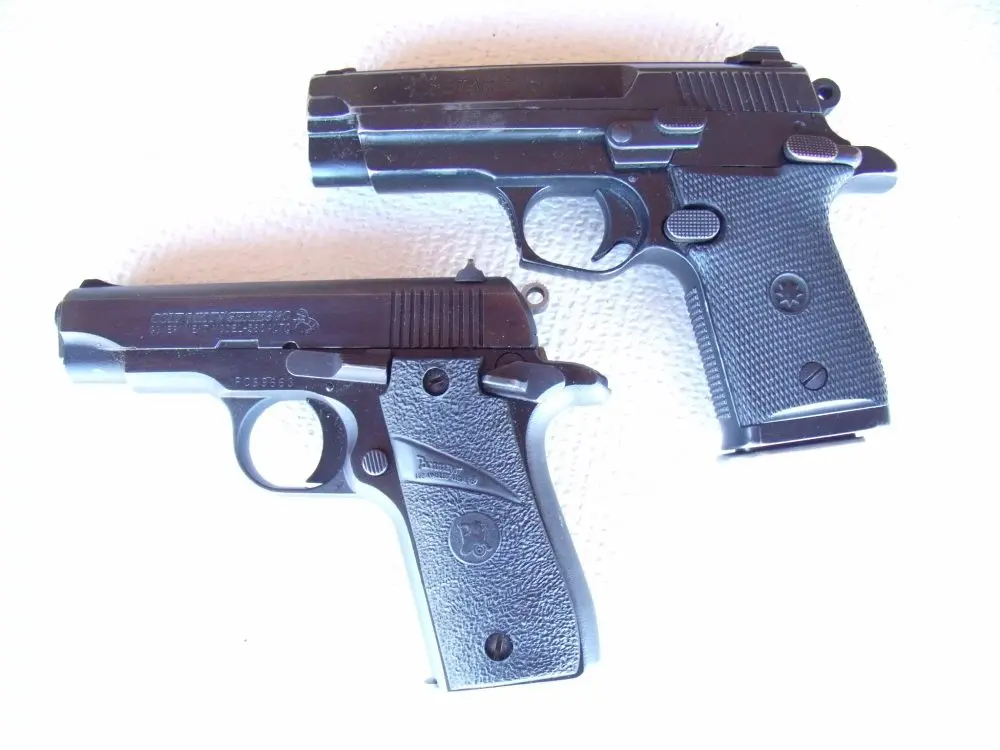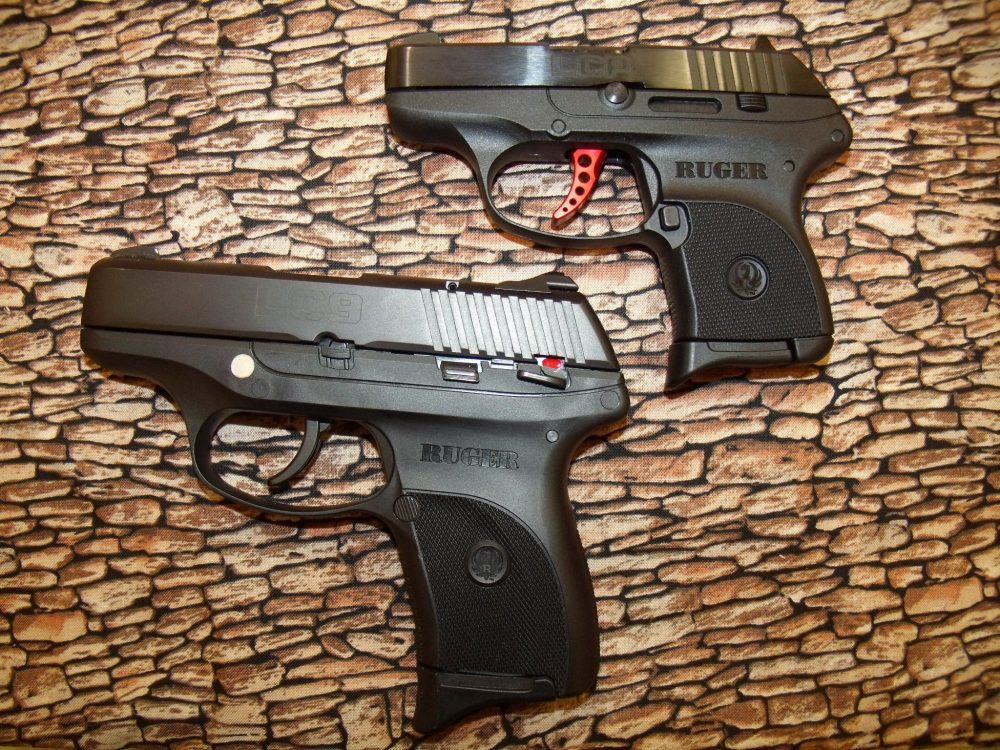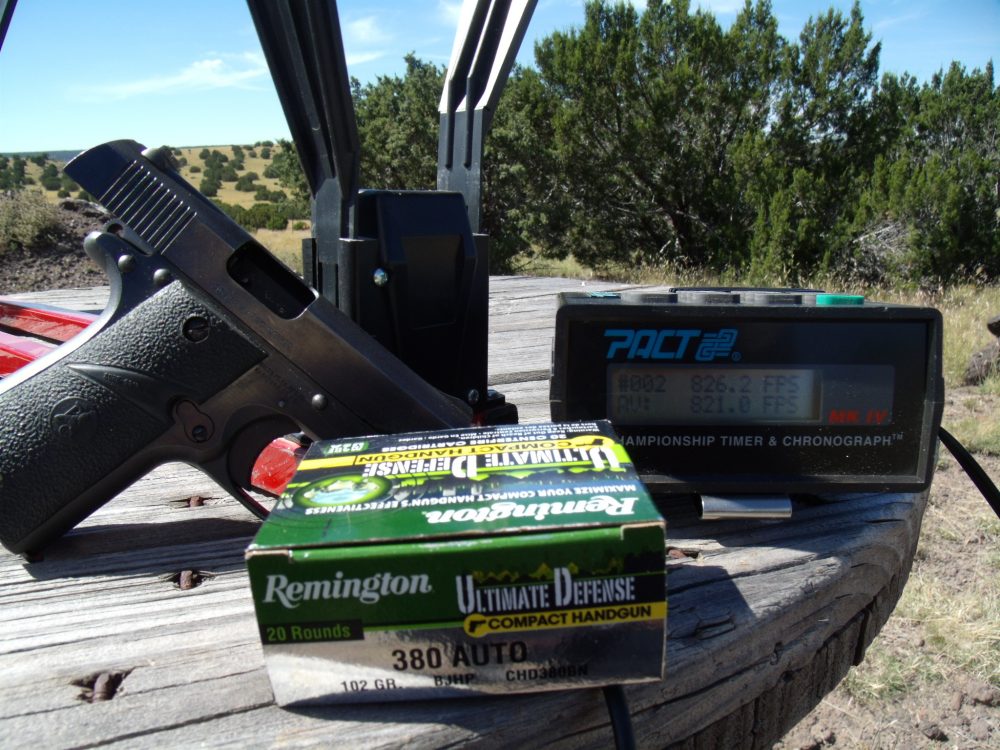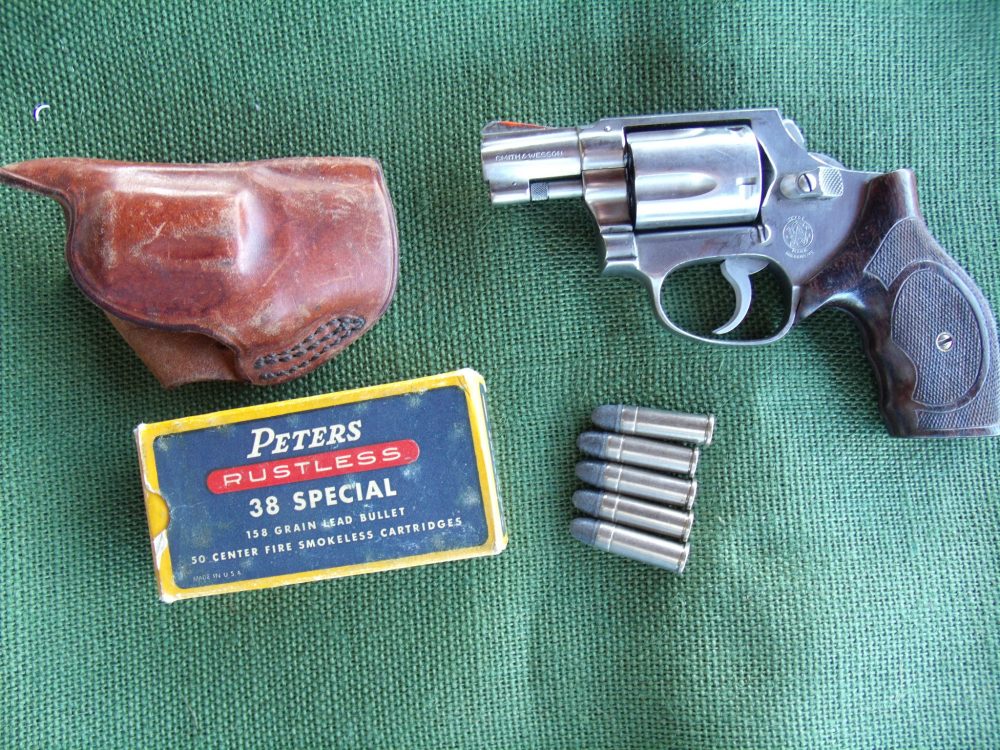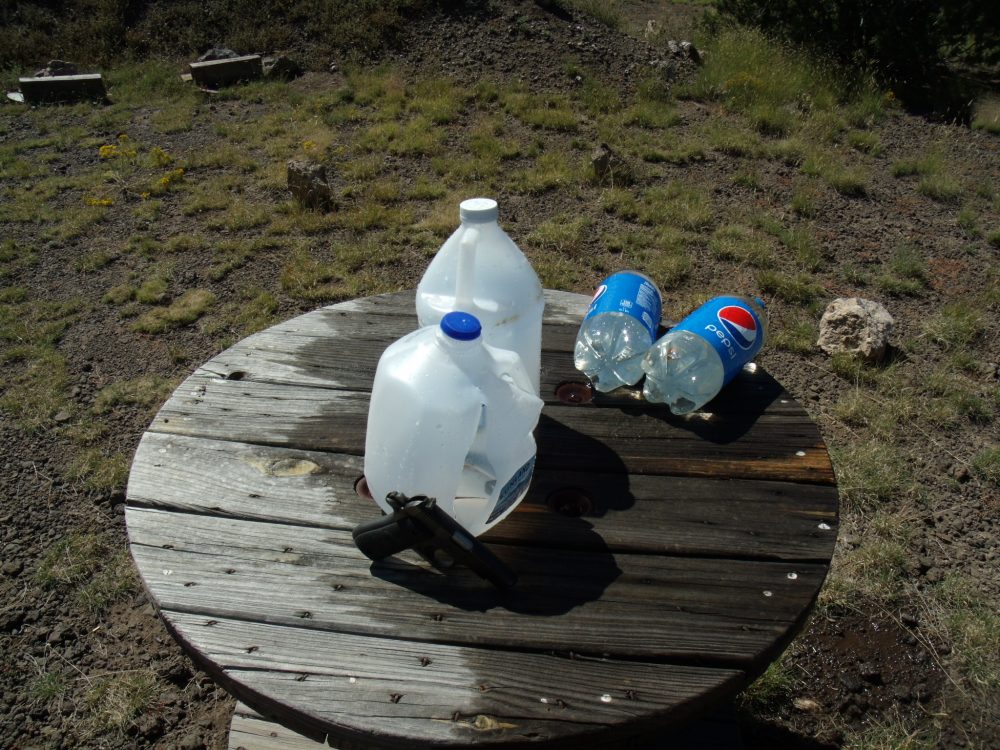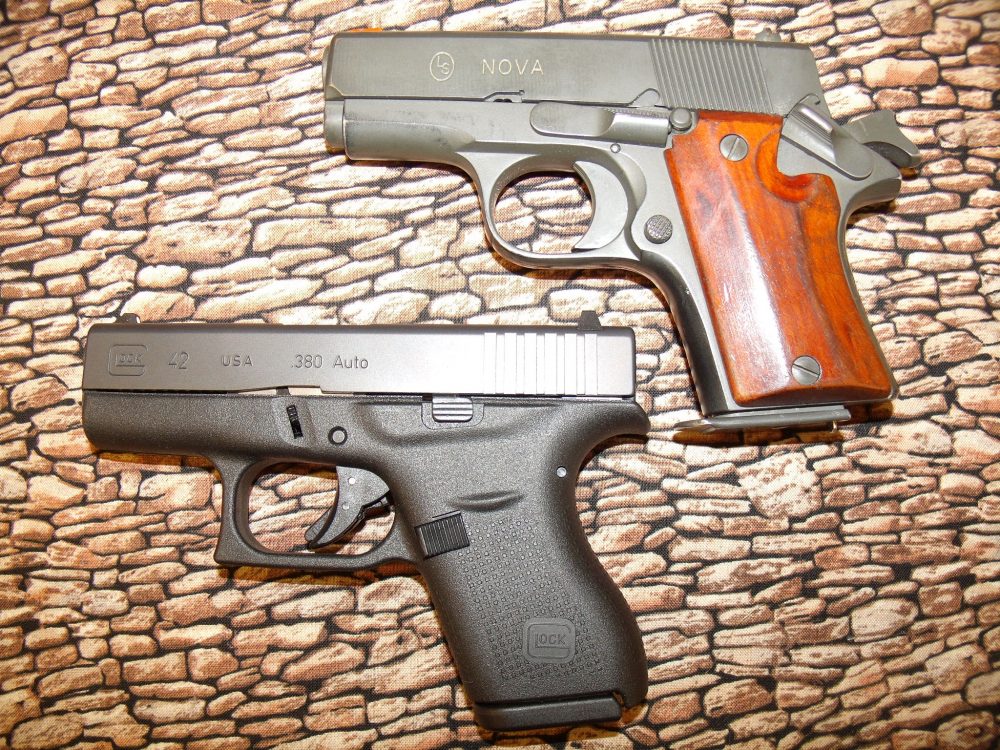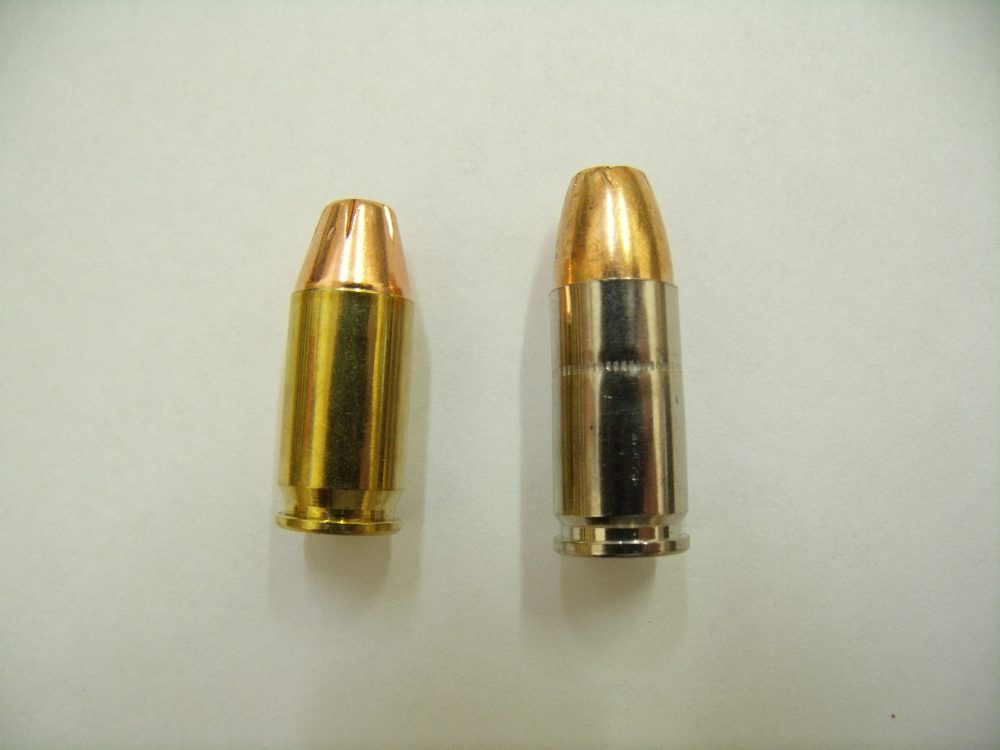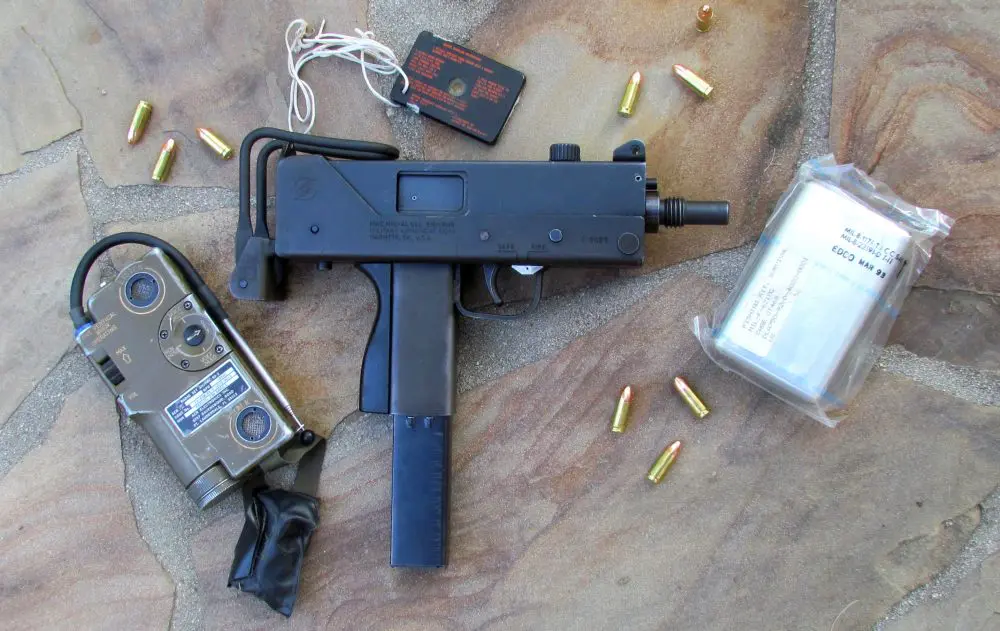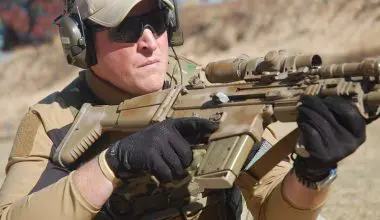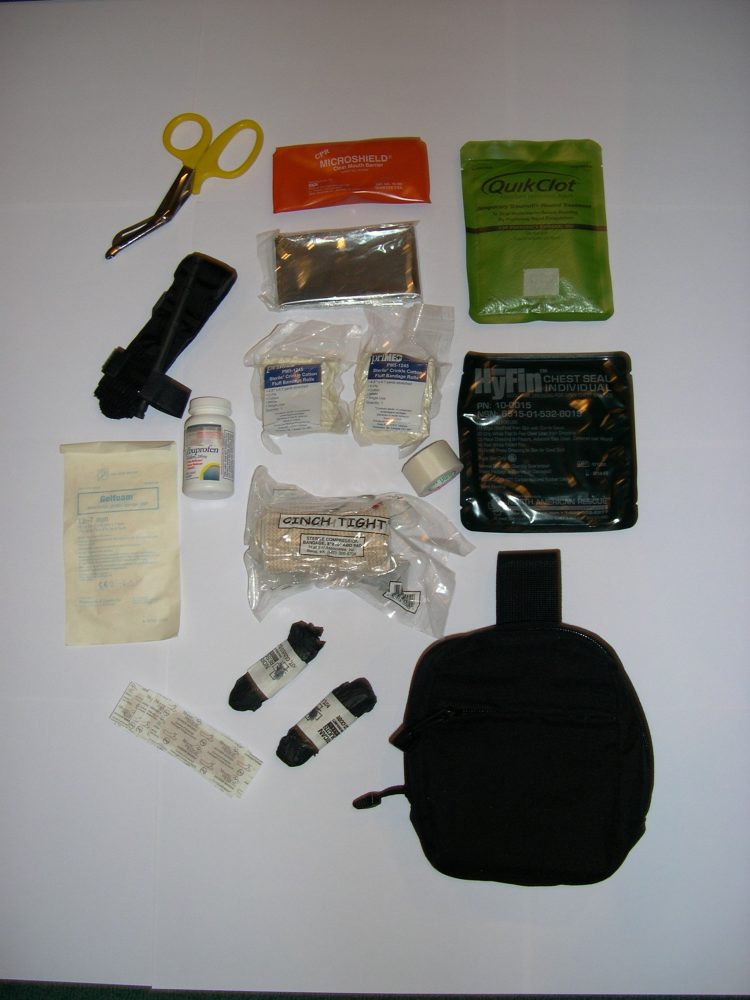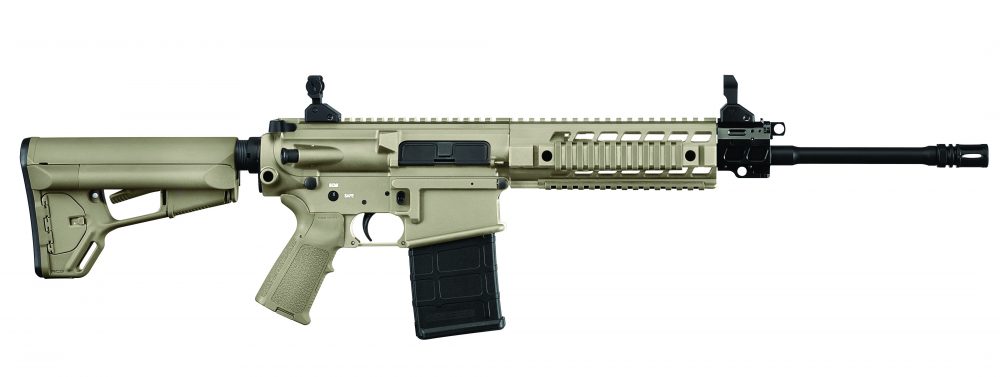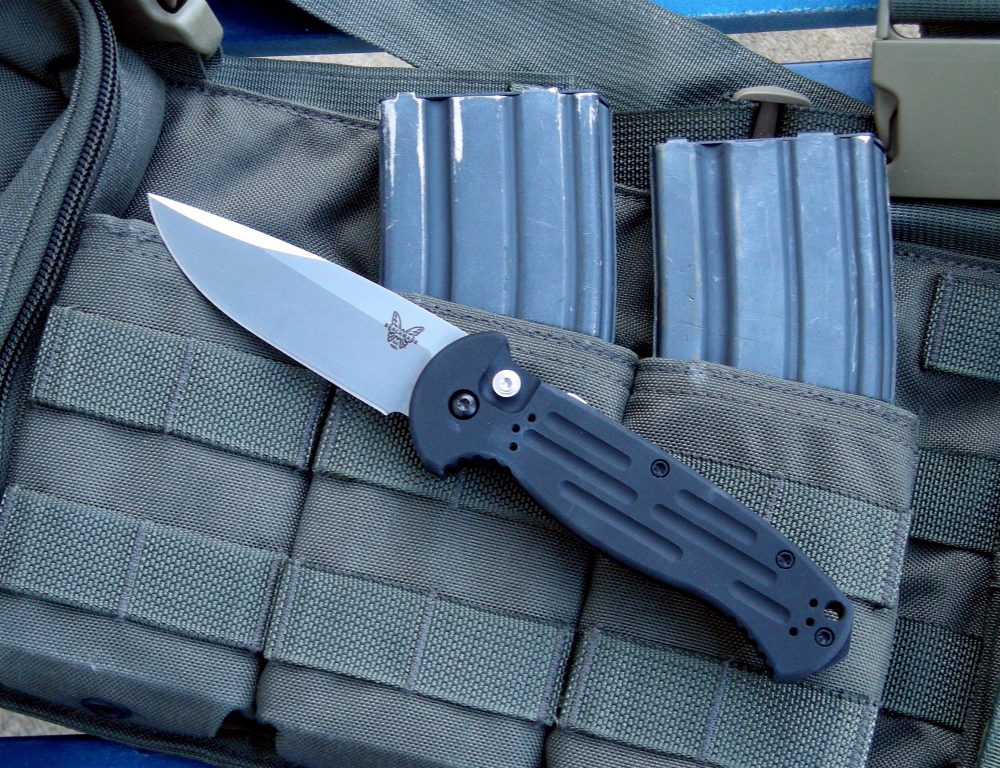Colt .380 Government Model .380 (bottom) is roughly same size as Star Firestar, but Firestar fires much more effective 9mm cartridge.
As the U.S. is a (mostly) free country, everyone gets to choose for themselves—what car to buy, where to live and work, what caliber handgun to carry for personal protection.
In the last few years, a lot of people have accepted that the police, no matter how good, are really historians. When they arrive, they ask, “What happened here?” in the past tense. When an attack is happening here, the police are usually way over there. That makes you your own first responder.
Americans always want things to be extreme: faster, smaller and lighter, or bigger and heavier. Many of those new to personal protection want the smallest, lightest handgun possible.
Table of Contents
THE OLDEN DAYS
I felt the same way when I started carrying concealed over half a century ago. Back in those dim (we had almost made it out of the dark) ages, everyone carried revolvers, and my two-inch, five-shot Smith & Wesson Chief’s Special was far more compact than a four-inch, six-shot Model 10. So I carried my Chief’s, loaded at first with the standard 158-grain round-nose lead ammo. At the time, it was state of the art!
Experience led gunners of the day to rename the RNL ammo the “Stop or I’ll wrinkle your suit!” load, as it was rarely effective.
Ruger .380 LCP (top) and 9mm LC9s. Size difference is insignificant, but cartridges they fire are not. Photo: Sierra Blanca Shooting Sports, Pinetop, Arizona
Officers took to carrying multiple revolvers, that being faster than the dump pouch, which lived down to its name, dumping your ammo all over the floor at the worst possible time! There’s nothing like scattering six rounds of ammo through a busy donut shop at 5AM, just before going on a raid. Yes, I’m speaking from experience…
In the early 1970s, when I first carried a badge, jacketed hollow point was the ammunition of choice. “One hit, and the bad guy would do a back flip before hitting the ground! It’s like hitting them with a brick!”
Well, not so much. They were more effective than the RNL, but sometimes they expanded, and sometimes they did not.
After the 1986 FBI Miami shootout, science was applied to ammunition design. The “FBI Ammunition Protocol” created a standard to measure bullet performance. For better or worse, it became the yardstick—it turns out for the better. After decades of experience, it does seem to measure protective ammunition performance in a way that lets us compare which rounds to carry.
In the late 1990s, more and more states allowed some form of concealed carry for citizens, ranging from “Constitutional Carry” (no government permission required) to “may issue” (to celebrities, big money donors, and the like).
REVIVAL OF THE .380
As more people decided to exercise their right to protect themselves, some wanted bigger and faster, while others wanted smaller and lighter. Enter the mini-guns and the revival of the .380 round.
I firmly believe in your right to choose, and I really don’t care what handgun becomes your everyday carry. Have people been successful protecting themselves with .380? Absolutely! Successes have happened with .22 Shorts.
Have there been failures? Failures have occurred with all calibers, including 12-gauge slugs. I am sure there have been more failures with .380s than with larger calibers, but I want to think you are making an informed decision. All you are betting is your life.
Let’s take an objective look at the .380 round and the guns that fire it. I’m going to contrast the .380 to its nearest comparable round, the 9mm Luger (9mm Parabellum, 9x19mm NATO).
I’ll not rehash how bullets stop attackers, but we need to start with the bullet. It must have a certain amount of mass to penetrate through clothing, skin and layers of fat to the important stuff.
Velocity measurement results from Colt .380.
What is the typical bullet weight of a .380 round? The weight is limited by the pressure the round can generate before it starts to blow guns up.
Here come the first two limitations for all ammunition. You can have a relatively heavy bullet moving slowly, or a light bullet moving fast, but not a heavy bullet moving fast (excluding Magnum loads). Considering the liability facing ammo makers of all the inexpensive guns made in this caliber since its introduction in 1908—particularly the World War I-era guns made in France and Spain—pressures must be kept low.
The second limiting factor is the guns’ method of operation. With rare exceptions, they are all straight blowback guns, with no locking mechanism. These depend on the strength of the spring and the weight of the slide to keep the gun operating. But in the smallest guns of the type, the slide cannot be too heavy, so the spring must compensate. This makes the guns hard to operate, particularly with cold, wet, or arthritic hands.
There is no free lunch—small guns with light weight must use heavy springs.
State-of-the art CCW in 1970.
NUMBER CRUNCHING
A quick perusal of a reloading manual, in this case the Speer #14, shows a .380 JHP bullet at 90 grains and a Total Metal Jacket round at 95 grains. Maximum velocities in a 3.8-inch barrel (Walther PPK) run to 1,056 feet-per-second (fps) for the 90 grain and 1,027 fps for the 95 grain.
For comparison purposes, a 9mm 115-grain JHP bullet (21% heavier) can be loaded to 1,258 fps in a four-inch barrel (19% faster). Or you could choose a 147-grain JHP bullet (55% heavier) at 1,001 fps (6% slower). Since all modern 9mm handguns are of the locked breech type, there is more pressure to work with.
In the real world, with factory ammunition, the numbers change. I found chronograph results from two very similar pistols, both made by Ruger. The 9mm LC9s (3.12-inch barrel) is the slightly larger brother of the LCP in .380 (2.75-inch barrel). The LCP could create 851 fps with a 90-grain bullet or 803 fps with a 100-grain bullet. With non-+P ammunition, the LC9s generated up to 1,038 fps with a 115-grain bullet. The LCP weighs 9.75 ounces and the LC9s weighs 17.2 ounces. Thus in the 9mm, we have a 15% heavier bullet moving 29% faster—a significant difference. The 7½-ounce weight difference is almost nothing.
With the response of gun makers to our “smaller, lighter” demand, some very tiny .380s came onto the market. They were shortly followed by almost equally small and light 9mms, and these two Rugers, both quality pistols, offer a close comparison. Many other tiny pocket pistols are in this range, with varying size, quality, and price points. Some of them can be too small.
In unscientific water jug test, .380 barely split the jug.
9MM AND .380 TESTING
I decided to do some testing of my own, so I borrowed a Colt Government Model .380, which sports a 3¼-inch barrel. From the back of the vault, I dug out my Star Firestar 9mm with 3½-inch barrel—as close as I could get in production guns.
For the .380, I got some Remington Ultimate Defense Compact Handgun ammo, with a 102-grain bullet. The Firestar was fed some very old Winchester 115-grain Silvertips. Over my PACT timer, the .380 90-grain bullets clocked 821 fps, while the 115-grain 9mm rounds were at 1,069 fps. Here are the numbers: a 28% heavier bullet moving 30% faster. Which would you choose to save your life?
Water jugs are a convenient method of comparing the energy of different rounds. To my knowledge, no one has ever been attacked by a water jug, but like gelatin, they do offer some comparison. The jug hit from five yards (fighting distance) with the .380 split almost all the way down one side, and the slug did make a .355-caliber hole in the second jug, in and out.
The 9mm Silvertip blew the first jug in half, wrecked the second jug, and knocked a backup two-liter soda bottle full of water four feet from the stand. No matter how you measure it, there was a lot more energy delivered. Neither bullet could be recovered.
Several folks have told me lately that they don’t practice with their pocket pistol because it is so small it hurts to shoot it. Since bullet placement is critical in all handgun calibers, lack of practice can equal a lack of precise shot placement, meaning even less effectiveness.
Ballistics don’t matter if you miss or fail to fire at all because of lack of practice with your chosen defensive tool. But a poorly placed shot with a more powerful round is still more effective than the same shot with a less powerful round.
Similarly sized guns: 9mm Nova (top) and .380 Glock 42. Photo: Sierra Blanca Shooting Sports, Pinetop, Arizona
MY POCKET PISTOL OF CHOICE
I have been carrying a pocket pistol since the late 1970s, on duty as a plainclothes investigator for the government, and off duty as well. Since there were no production pocket pistols in 9mm at that time, I carried a custom-made LaFrance Nova 9mm (now long out of print).
It is about the same size as a Walther PPK, although I fitted it with wider-than-usual grips to spread the recoil in my hand. It remains my usual carry gun to this day. Fortunately, I have never had to employ it defensively, but I can still ace my agency qualification course—which goes to 25 yards—with it.
Some of the very small pistols hurt my hand with their sharp recoil, others were slow to reload with their heel magazine releases. Even the vaunted PPK came up short when I tested the ammo available at the time against various media.
Compared to the Nova, well, there was no comparison. In every case, the 9mm rounds had greater effect on my primitive test media—one-gallon jugs of water and water-soaked newspaper—than any .380 round.
At a recent visit to a local dealer I found the latest iteration of a small 9mm—the Glock 43. To my amazement, it is almost exactly the same size and weight as my 40-year-old Nova, except for the larger grips that I prefer. Of course, being a Glock, it is striker fired vs. the single action of the Nova. But my old trusty companion has a thumb safety (which has never failed me), while the Glock relies on its trigger safety. But the improvement in ballistics over a .380 should be justification for the purchase of a 9mm.
The only reliable report of field use of a .380 I have is from a friend. In the 1970s, he had to defend himself from a large bad guy who was wearing a heavy winter coat. The bad guy was seated, and as things went down, my friend drew his .380 and fired six shots at the other guy’s chest.
The bad guy stood up, and all six bullets fell out of the coat and onto the ground. What happened next showed that my friend gained better judgment instantly. He ran “as fast as light” and was gone before the bad guy could retaliate. After this incident, my friend carried a .45 and two spare magazines!
Visually comparing the .380 to the 9mm, it’s obvious which round is more effective.
MODERN MARVELS?
Various manufacturers’ advertising departments have touted the newest .380 rounds as “modern marvels.” Yet for some reason, they shy away from any direct comparison to the 9mm or even the .38 Special.
Many new to carrying a handgun every day are not yet ready to consider the effectiveness of their chosen gun. When you first start, every handgun feels like you’re trying to hide a brick, no matter the size, weight or caliber. Small and light are great, but the downsides are these tiny guns are harder to shoot and the rounds are undeniably less effective than the 9mm or .38 Special.
Ammunition advances that have been applied to the .380 round have also been applied to the 9mm, .38 Special, .45 ACP, and more. For me, there is neither enough weight in the .380 bullets nor enough velocity to move them to satisfy me.
USE ENOUGH GUN
No police department in this country allows officers to carry a .380 as their primary defensive firearm. Why do you think that is? A few undercover officers may carry a .380 because a) they think a larger gun is too cop-ish and b) it’s cool to show the other cops how different their job is.
I have always believed that anyone attacking me will be bigger, stronger, younger, tougher and faster than I, and will be “drug armored.” In other words, I train for the worst-case scenario, not the best case. So I follow the hunter’s advice to “use enough gun.”
You get to choose, but choose wisely. You do not get to pick who your attacker will be, or how many there may be. In pocket pistols, there is little difference in size and weight but a significant difference in effectiveness.
My life and the lives of my family are important enough to me that I will not trust them to the .380. Of course, your results may vary, and I wish you well. May you never need to find out if your choice of handgun caliber is enough gun!
Seth Nadel retired after serving 27 years as a Senior Special Agent with U.S. Customs. He was a firearms instructor for 25 years, including nine years as the lead firearms instructor at the Tucson Customs Academy.
